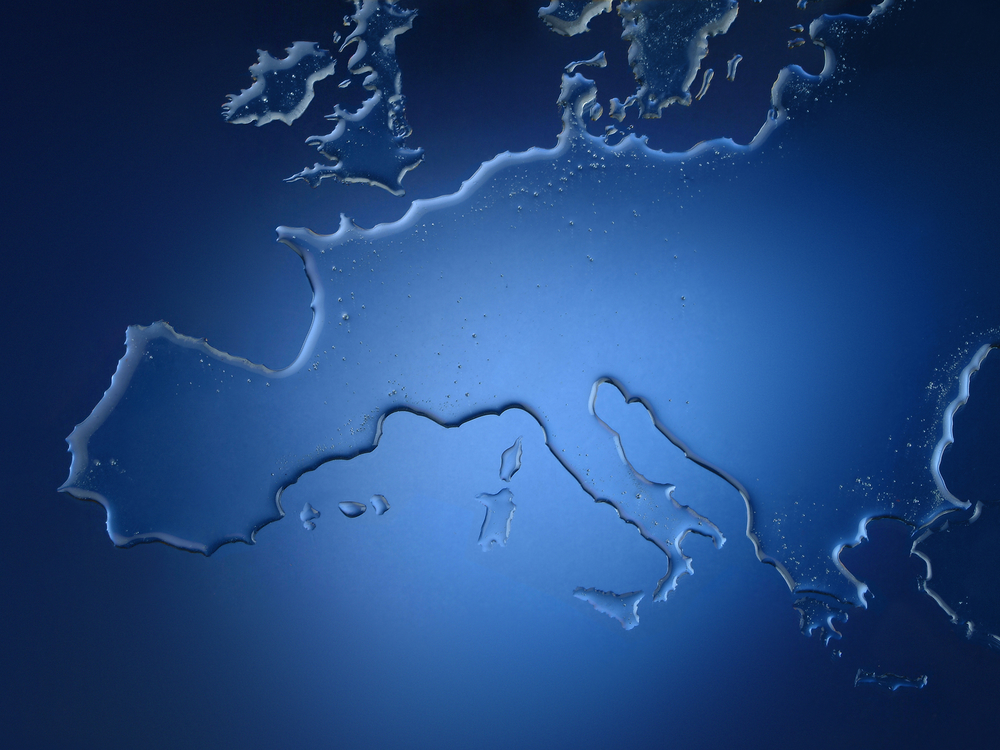Known as the European Water Resilience Strategy, this comprehensive plan aims to restore the natural water cycle, guarantee access to clean and affordable water, and foster a smart, sustainable and competitive water economy.
This landmark initiative includes over 30 targeted actions and is designed to support EU Member States in managing water resources more efficiently.
It marks a pivotal shift in Europe’s climate adaptation efforts, placing water security at the heart of the Union’s environmental, economic, and social agenda.
President Ursula von der Leyen highlighted the significance of the strategy: “Water is life. Water resilience is key for our citizens, farmers, environment, and businesses.
“The Commission’s Water Resilience Strategy charts a path toward a sustainable, resilient, smart, and competitive water economy. We must act now to protect this scarce resource.”
Climate crisis puts European water at risk
Europe is increasingly vulnerable to the devastating impacts of climate change. From catastrophic floods to severe droughts and widespread wildfires, no region is untouched.
These extreme weather events are not only threatening ecosystems but also disrupting energy and food supplies, compromising public health, and causing mounting economic losses.
The European Commission warns that water can no longer be taken for granted. With five of the ten most significant global business risks now directly related to water, securing water resilience is essential for the EU’s long-term stability and prosperity.
The strategy positions water management as a critical tool for boosting European competitiveness, with the added benefit of making the region more attractive to investors.
A comprehensive vision for European water resilience
The Water Resilience Strategy is built around three interconnected objectives. First, it aims to restore and protect the water cycle from source to sea. This includes fully implementing the existing EU water legislation, such as the Water Framework Directive and the Floods Directive.
The focus is on both water quality and quantity, with renewed efforts to retain water in landscapes, reduce pollution in freshwater systems, and eliminate harmful substances like PFAS from drinking water.
Second, the strategy seeks to build a water-smart economy. By improving water efficiency and promoting sustainable use, the EU plans to modernise water infrastructure and reduce water waste. A new Commission recommendation on water efficiency sets a target to cut EU water consumption by at least 10% by 2030.
With national leakage rates ranging from 8% to 57%, modernising ageing water systems will be essential. The strategy also encourages the adoption of digital technologies and smart metering to detect leaks and optimise usage.
Third, the strategy is committed to securing clean and affordable water and sanitation for all citizens. It recognises that consumers and businesses alike have a vital role to play in reducing water consumption.
Public awareness campaigns and knowledge-sharing initiatives will promote best practices for water conservation at home and in the workplace.
Driving action across Europe
To turn this vision into reality, the European Commission is launching five key areas of support and implementation.
Governance will be strengthened through Structured Dialogues with Member States, regions, and local water authorities. These discussions will help identify challenges, promote best practices, and streamline existing regulations.
Investment is also a central pillar of the strategy. The European Investment Bank, in collaboration with the Commission, will mobilise over €15bn between 2025 and 2027 to fund water projects. This includes infrastructure upgrades, nature-based solutions, and the development of a roadmap for nature credits to attract private capital.
In parallel, the strategy promotes digital transformation in water management. A forthcoming EU-wide action plan will encourage the use of smart meters, satellite data, and artificial intelligence to improve forecasting, leak detection, and sustainable usage.
Research and innovation are another cornerstone. The EU will introduce a dedicated Water Resilience Research and Innovation strategy, alongside a new European Water Academy. These efforts aim to support the development of new technologies, enhance workforce skills, and position Europe as a global leader in water innovation.
Finally, the strategy enhances security and preparedness by improving real-time monitoring systems for droughts and floods. By strengthening coordination between European, national and local levels, the EU hopes to create a more responsive and resilient water management framework.
A collective effort to secure Europe’s water future
Achieving water resilience will require action from all parts of society. The Commission emphasises that governments, local authorities, businesses, researchers, and citizens must work together to safeguard water resources.
The strategy also extends beyond Europe’s borders, reinforcing the EU’s global leadership on water issues through partnerships and cooperation with third countries, particularly under the Global Gateway initiative.
As climate change accelerates, the need for coordinated and sustainable water management has never been greater. With this bold new strategy, Europe is taking decisive steps to ensure water resilience, protect public health, and drive innovation in one of the most critical sectors of the 21st century.
